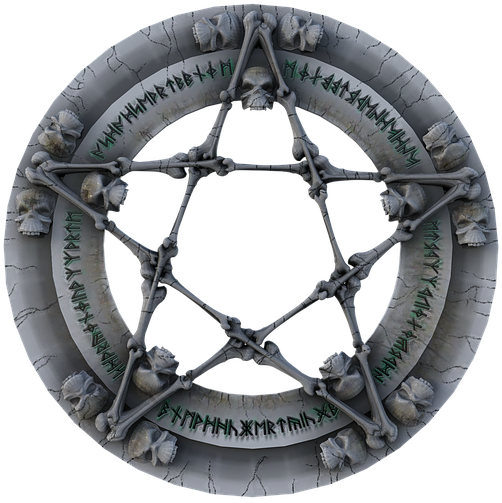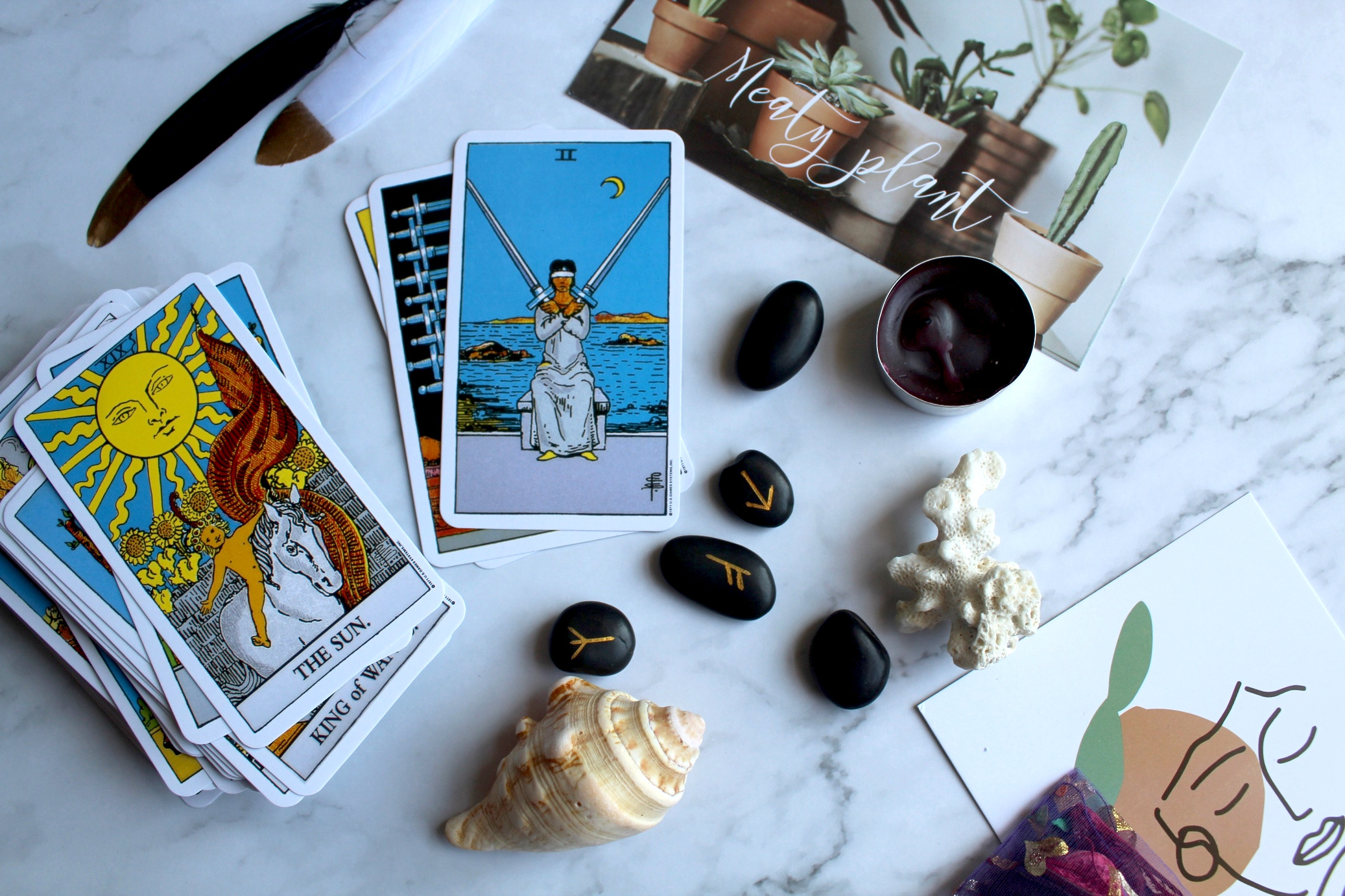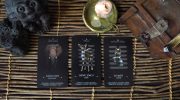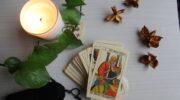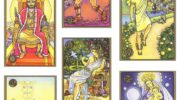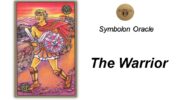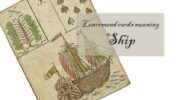Each tarot reader, whether he is a beginner or already has a tremendous experience of consultations behind him, has his own unique scheme for constructing the fortune-telling process, which is convenient for him. But to develop such a scheme takes years of continuous practice.
How to speed up this process?
There are some general points that can help you get started. In this article we share with you some of the nuances that may help. We hope the reader will find something useful for themselves.
So, how to read tarot cards correctly?
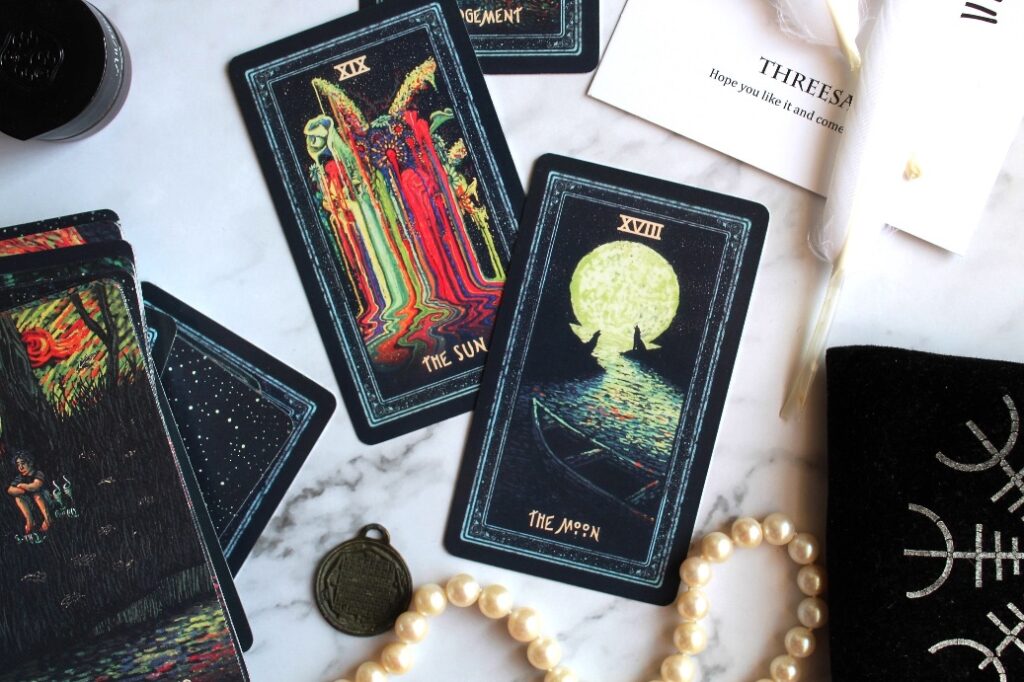
Which deck to choose?
For beginners, decks with simple, traced plots are necessary.
This is the Arthur Wait deck (artist Pamela Smith) or numerous clones of this deck. If you are an experienced tarot reader or you are looking for easy ways, then choosing a deck is a choice of personal preferences: there are magical decks (Aleister Crowley’s Thoth Tarot, Golden Dawn Tarot, Hermetic Tarot, etc.), oracle-type tarot (Dwarf Tarot), historical decks (line of the so-called Marseille Tarot).
All of them are suitable for a beginner, but, due to some features of the decks, it is better to start mastering them after developing a theoretical base.
The deck should suit you aesthetically: the brightness of the colors, the size and weight of the cards, the cutting lines, the back of the deck. It is the harmonious combination of these parameters that will allow you, on a psychological level, to begin to tune in to productive fortune-telling when you look at the deck.
How to start tarot reading?
Here is another important aspect – what do you want to get from fortune-telling: just quickly decipher the cards and get an answer or sit for a while on the layout and, having studied all the correspondences of the intricacies of symbolism with the question asked, find the pitfalls of the problem and ways to solve it.
The solution to this issue also affects the choice of deck. Before you start your divination session, make sure the deck is ready to be laid out. Check the presence of all the cards in the deck (it doesn’t matter if it’s a new deck or an old one, sometimes the cards can stick to each other or get quietly stuck in a bag / box), prepare a workplace, enter the desired state.
Usually, any clean surface sufficient in area for the intended layouts is suitable for the workplace. If you think that auxiliary tools (crystal ball, candles, decks of a parallel plan) should be involved in the fortune-telling process, take care of having them at hand in advance. It will also be useful to clean the deck energy before and after reading session.
This will “remove” informational imprints from past reading from the deck and allow you to “shuffle” the question of interest to you more tightly. It will also help you shift into an altered state of consciousness.
How to chose Tarot Spread?
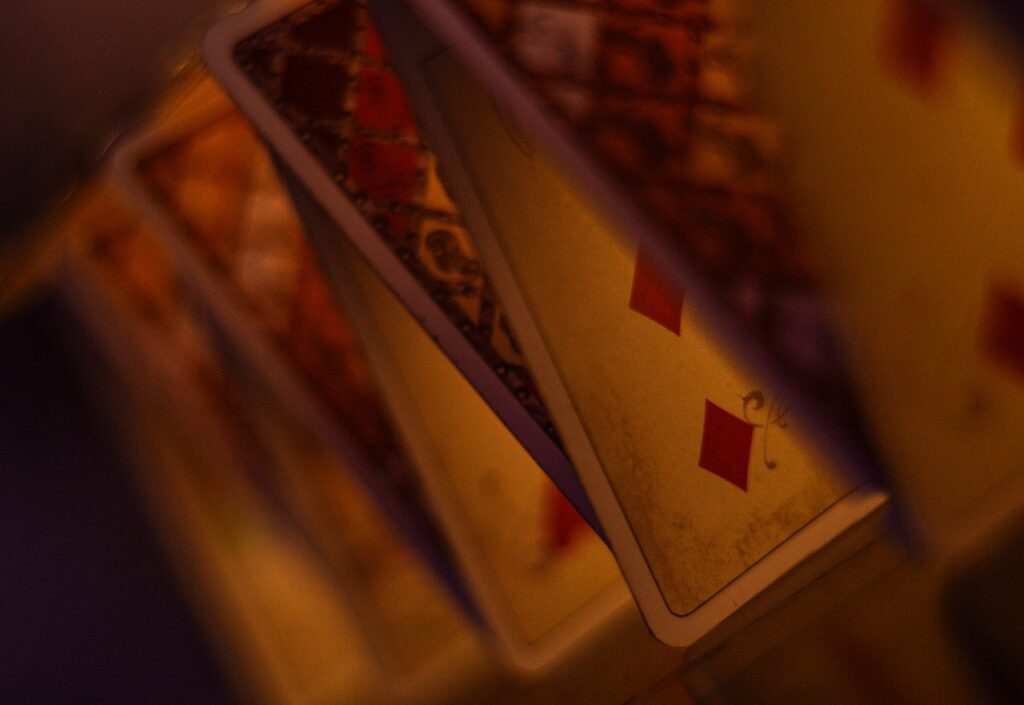
This must be taken care of in advance so that during the tarot-reading session, whether it is fortune-telling for oneself or for the client, there is no “downtime”.
There are many classifications of spreads and they depend, for the most part, on the achievements of the fortuneteller. Quantitatively, you can divide all the layouts into small (5-10 cards) and large Tarot layouts (more than 10 cards).
Positionally, they can be divided into layouts with fixed positions, where each position is strictly assigned a certain value (see most modern layouts) and non-fixed, where there are either no positions at all (see the works of Jodorowsky, the “5 cards” layout by S.V. Savchenko).
In terms of functionality, layouts can be divided into diagnostic ones, which simply provide information about the state of affairs and nothing more, psychological ones, aimed at comprehending the inner psychocosm for the purpose of self-correction, temporary forecasts, when the client is interested in a specific period, magical layouts that change the situation in the right direction and, of course, mixed layout.
Recommended: Tarot cards basic spreads: problem, situation and solution
However, there are thematic layouts, which can be divided both by areas of life (finance, health, relationships), and more narrowly according to this particular situation. These classifications are far from exhaustive, hundreds of options and their combinations are possible – it’s all a matter of practice.
After analyzing the situation you are interested in, two questions should be resolved: how many questions will you formulate according to the situation and which spread to choose in order to reveal the aspects of interest as informatively as possible.
To begin with, it will be easier and more informative to divide the situation of interest into milestone questions, for each of which a layout is selected that gives the most complete answer to this particular question.
Tarot reading process
After setting up the deck and consciousness for work, formulating questions and choosing layouts, it was time for the divination session itself.
If you are reading for a client, explain to him your strategy of action in advance – how you formulated the questions for his situation (if the initial questions require editing), what layouts you are going to use, how you will interpret the cards and when you will draw a conclusion from the layout. This will greatly increase the mutual understanding between you and increase the effectiveness of the session.
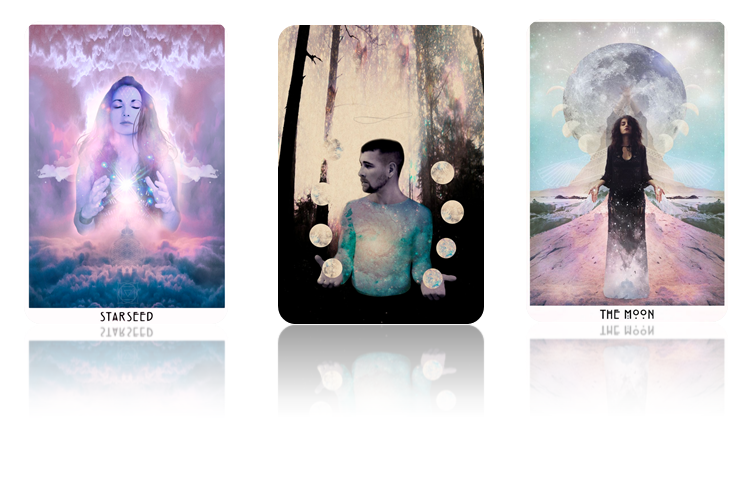
Position yourself and the client near the spread workspace so that both of you are comfortable working with the spread, discussing card interpretations. So, the question has been raised.
Start shuffling cards. Each practitioner does this differently. You are free to do it in any way convenient for you.
Next, you need to deal with the question – how to pull out cards from the Tarot deck? You can pull it out immediately from the top of the deck (after the deck is shuffled), from different places, you can lay out the cards in a fan or line and get the cards out of there “at random”.
Another important aspect is how exactly to lay out the cards on the table – open or closed?
We recommend laying cards face down to avoid fluent premature reading of cards (which can be very confusing when interpreting the layout as a whole, especially for beginners). The layout is laid out on the table closed.
Open the first card of the layout, after voicing the name of the position. Name the card, list the main interpretations of this card for this particular issue. If you lay it out for yourself – write down this information, take notes – you should not rely on memory.
If the client does not have additional questions on the first card, move on until the entire layout is read. Be sure to sum up the alignment, analyze it as a whole – who knows, maybe this will give you additional information, open up deep information layers in reading the Tarot layout.
As mentioned above, in one session there can be either one or several layouts. It’s all about the number of questions being analyzed, the skills of a fortuneteller, elementary convenience.
For example, some situations can be put into one layout (such layouts as the “Celtic Cross” or “12 Houses” are suitable – layouts that can give answers to a range of questions at once) or you can work on the principle of “one question – one layout”. And so on until the situation is finally sorted out. Given the above factors, it becomes somewhat clear – how to read ordinary and large Tarot layouts.
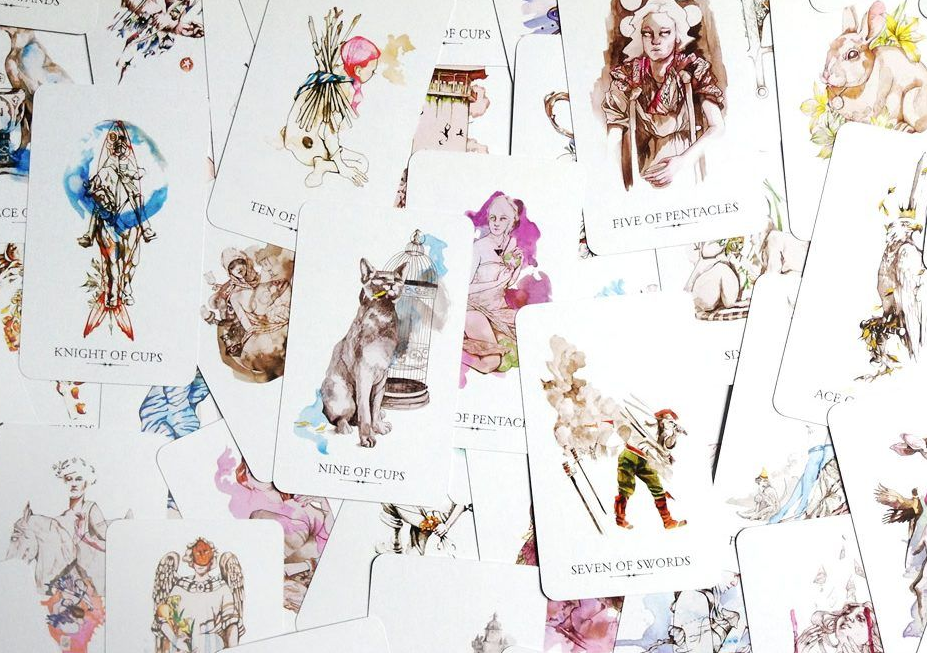
How to finish Tarot reading session
After the end of the session, collect all the cards back into the deck and again draw a flow of energy on them from above – draw a certain line that the tarot reading session is over, clear the cards and, in a way, thank the cards for the information received through them.
You have the right to develop your thanksgiving ritual that will be comfortable for you.
